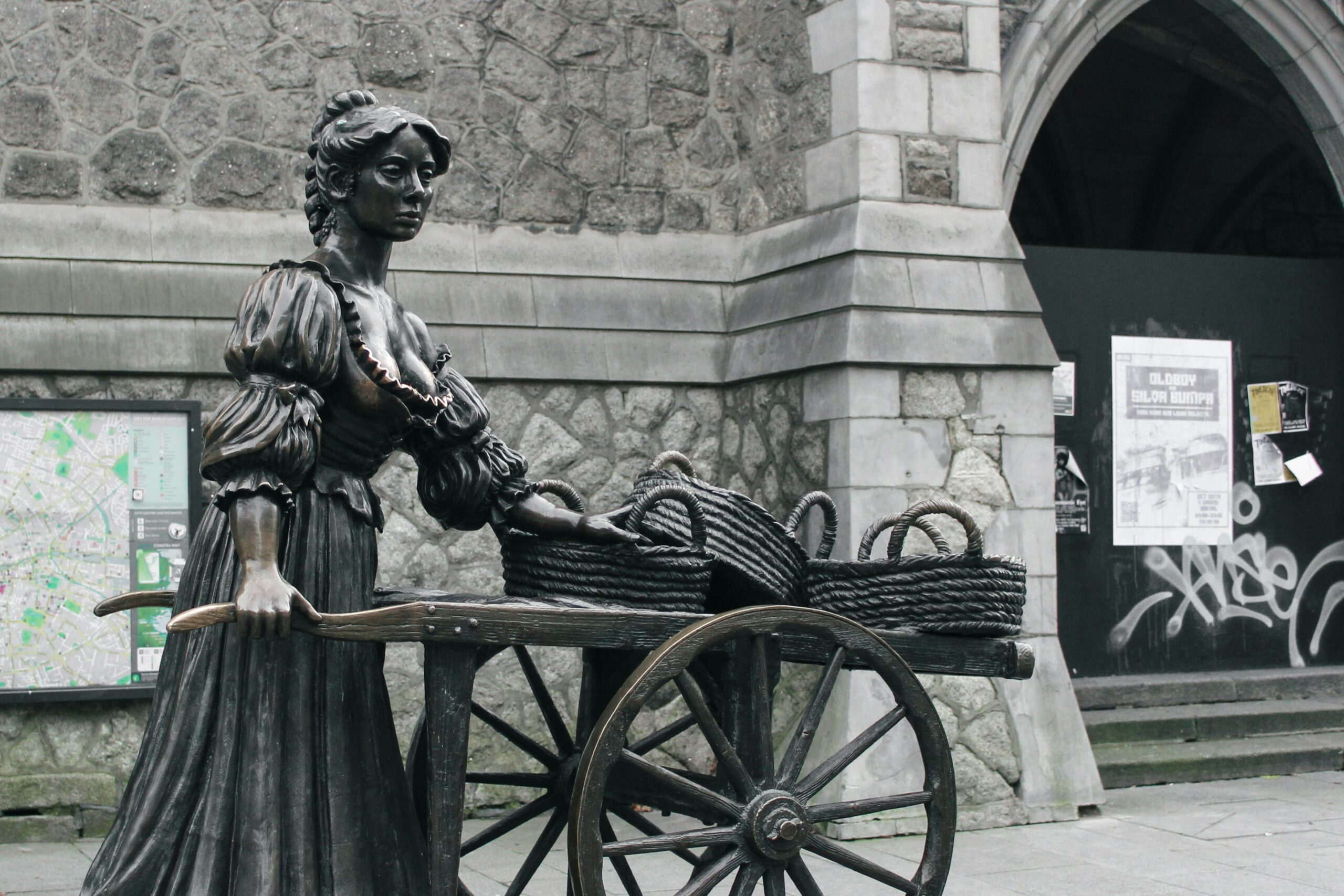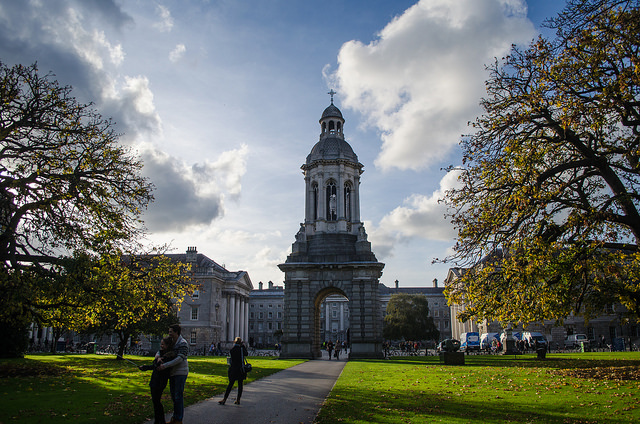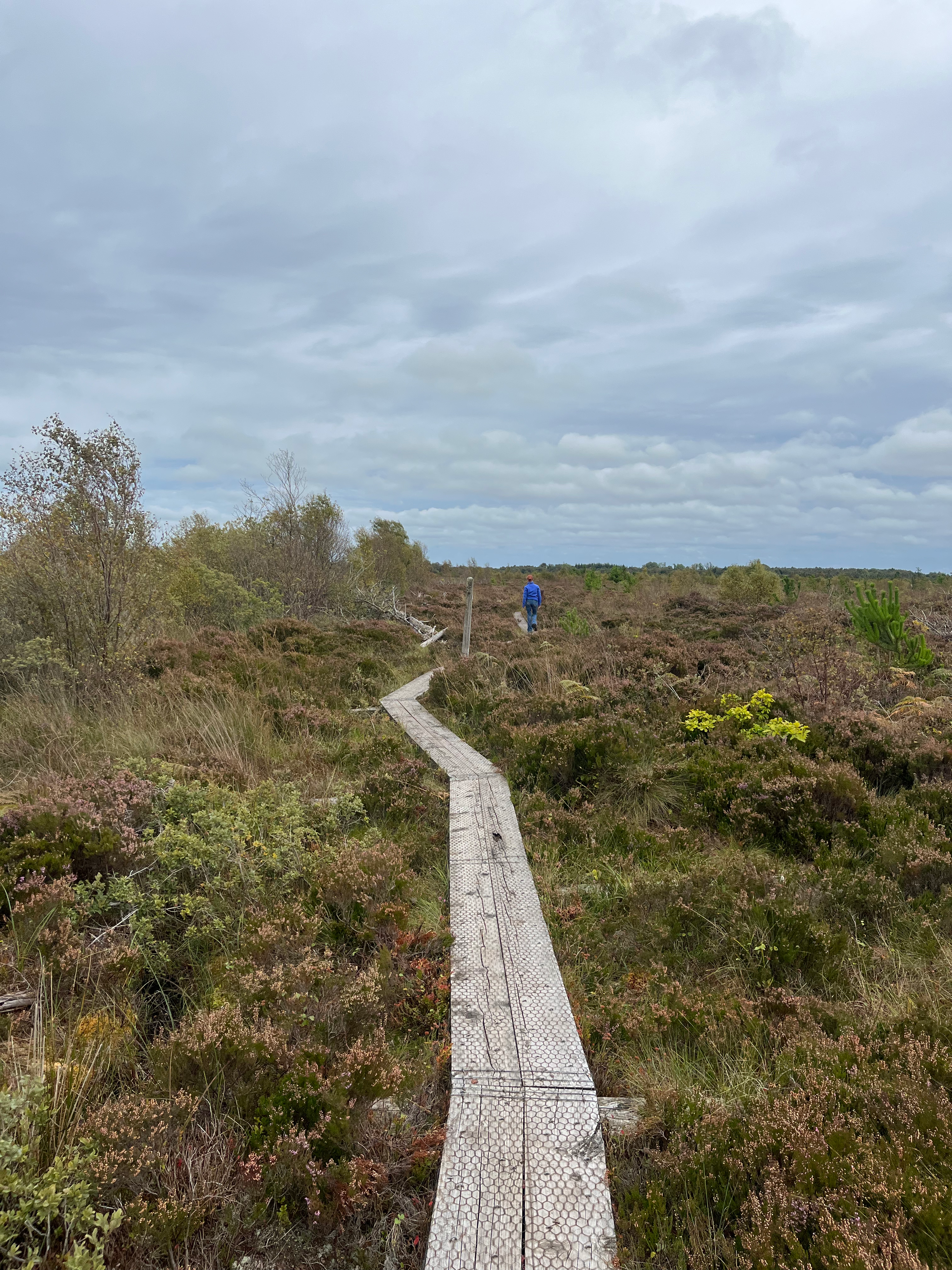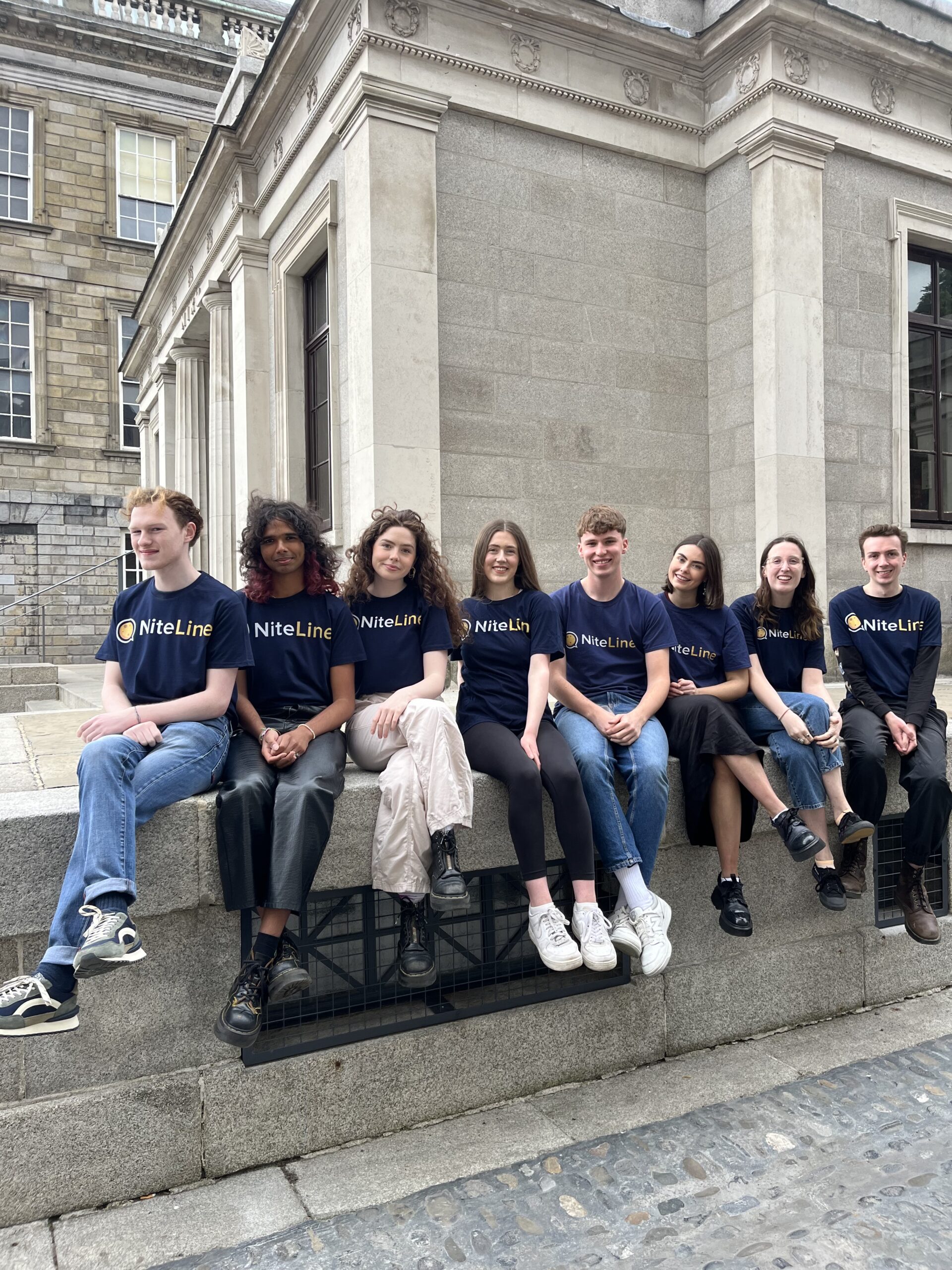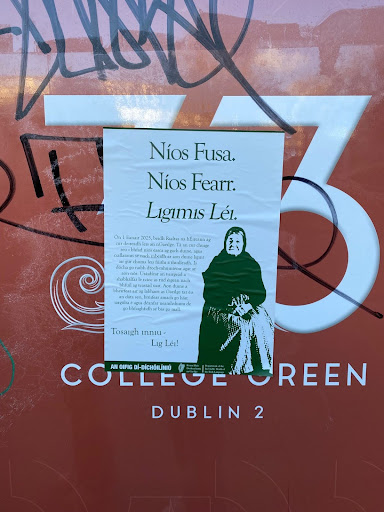Anyone remotely acquainted with Dublin will be familiar with the Molly Malone statue. Its Suffolk Street location is as iconic a component of the cityscape as the Book of Kells or Temple Bar. Much like both the Book of Kells and Temple Bar, the area around the statue tends to be avoided by students due to the hordes of tourists it attracts. Therefore, prior to Tilly’s #LeaveMollymAlone campaign, students may have been ignorant to the extent of misogynistic and objectifying behaviour that the statue attracts. Dubliners and students perhaps associate Molly Malone with the “Cockles and Mussels” tune in which she was immortalised, before they think of the sexualisation that many tourists remember her by. Owing to her busking beside the Molly Malone statue, third year student Tilly Cripwell was exposed to the degrading tradition of rubbing the statue’s breasts, that is so blindly embraced by tourists. Speaking to Tilly, I wanted to understand further her impetus to start the campaign.
What caused you to start the campaign? Was there a specific moment or more of a build up?
I spend a lot of each week busking beside the Molly Malone statue and when I’m busking I have a lot of thinking time. I just started getting more and more pissed off at people not only touching Molly Malone’s boobs, but also just acting in a really male bravado, chauvinistic way. Jeering each other on to touch her boobs and kiss her. I thought about it and I thought this is so out of order. This is one of the only female statues that Dublin has and she’s reduced to this symbol of sex. Her legacy and her story aren’t even told, there is no plaque. She’s at street level on a plinth whereas literally all other male statues in Dublin are on massive pedestals. It was a buildup and then one Saturday I realised I had had enough.
Why do you think this tradition developed and why has it persisted?
Because no one is really questioning it. Everyone just does it and says it is good luck. People just do it blindly and you see them getting embarrassed and you think “Why do you think you’re getting embarrassed?”. It’s because your conscience and your innocence are telling you this is not a good thing to do. Also what annoys me is that when the statue was moved, it was originally at the bottom of Grafton Street, they completely restored it but the only thing they left was the discoloration on her boobs to continue the tradition and ensure that people keep doing it. They could choose to restore her like they did ten years ago but they haven’t done that.
Critics of the campaign seem to hammer this point that it’s a statue being groped, not a real woman. How do you respond to this kind of argument?
I say that the only reason we make statues of figures is to commemorate and immortalise a person who has left a legacy and is no longer alive. Statues can be purely representative and the only way art comes into representative statues is because art is a certain way of representing them based on their character and how they want to be continued. So I think it’s kind of a double standard when people get to a female sexualised statue and that’s when they decide to reduce it to just a statue. It’s more poignant and sensitive when it is a woman being groped. A lot of people say, “oh, there’s the Charging Bull in New York and a lot of people go and touch its balls”, but it’s not like bulls are an oppressed group in society. Whereas it is a sensitive topic for women because groping happens to women and women are targeted by it.
How far, if at all, do you think ‘culture’ or ‘tradition’ can excuse these kinds of sexist behaviours?
I don’t really think culture and tradition can excuse this kind of sexist behaviour because a lot of culture and tradition stem from patriarchy. That’s why I started the hashtag ‘Question and Quash’ because I don’t really see how we can be expected to move on from sexism and a patriarchal society when traditions like this are still promoted and publicised. It’s just so simple yet people still do it. So I don’t think you can ever really disregard them to the point of sexism as they are strongly linked. It’s culture that defines a place and a people, so if sexism is what defines a people then it says really bad things about a society.
What would be the ideal outcome of the campaign? Do you think it’s possible for legal change to be made, or is encouraging a behavioural shift more realistic?
I would really like both physical and more representative, behavioural changes to happen. So physically I have been in touch with Dublin City Council’s Chair for Arts and Culture, Cat O’Driscoll, who really supports the cause, and I have asked if movement can be put in place for the statue to be raised on a pedestal, restored, so there’s no longer any discolouration on her breasts, and that there is a plaque put in place firstly saying “leave Molly mAlone” and secondly describing her legacy and her story. I would really like it to set an example for other female statues. There are actually hardly any other female statues in Dublin. I think there are actually four. Few of them are women who have actually lived and the others are just random women. There’s one which has also been nicknamed ‘the floozy in the jacuzzi’, which is extremely objectifying and misogynistic. So I think there should be a movement for more female statues to exist. In a more figurative way, I would really like a chain to start where people start thinking about what they’re doing. Obviously her being restored and put on a pedestal would help but you don’t really want physical barriers to have to be put in place. You want people to be thinking about this kind of thing and questioning it. I’m going to talk to tour agencies and guides and ask their opinions on the whole thing, and whether they will start telling their tourists to reconsider touching her or maybe even informing them of this movement.
Your campaign has received international attention. Do you think Molly Malone’s treatment is an isolated incident or more of a global behaviour?
I think people internationally can identify with it and it’s happening in different places with different statues. I didn’t even do lots of work to promote the campaign, it kind of just promoted itself. Clearly people still see it as an issue. It has done the work itself because it is something so basic in a society that is supposedly progressive, yet things like this are still happening. I think it’s because I was questioning seemingly such a commonplace thing that it did get such gravitas. I don’t think it’s an isolated incident because it does happen in other places like the Juliet statue in Verona. Obviously it’s not that isolated if women still get groped and mistreated on a daily basis. Bad examples are set for children on a daily basis. It’s a whole wider issue.
